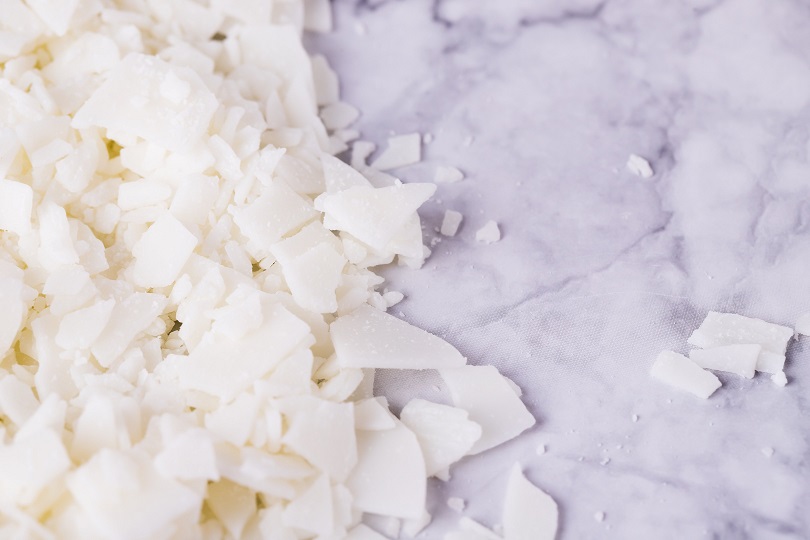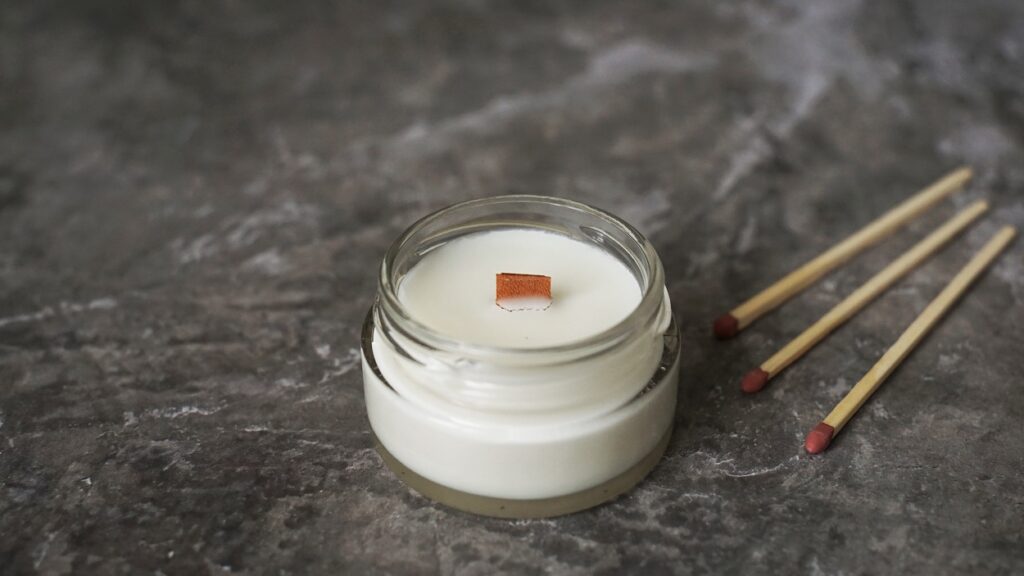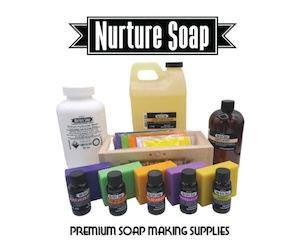Soy Wax:
In the diverse realm of candle-making, various types of waxes are employed. In this discussion, we focus on soy wax, the key ingredient in our candles. Soy wax has gained significant popularity as a choice for candle making in recent years. Through this post, we aim to provide you with a deeper understanding of soy wax, helping you determine its suitability for your candle purchasing or candle-making ventures.

When it comes to selecting candles, the options are incredibly vast. The craft of candle making has seen a surge in popularity, with more and more people diving into it—quite literally. Today, you can even find candle making studios offering a unique experience where you can create your own candles, making it a fun activity for families or a creative date idea.
But it’s not just about the fragrance anymore. Health-conscious consumers are increasingly turning away from blended waxes in favor of all-natural options like soy. Whether you’re crafting homemade candles, soaps, creams, or lotions, the base materials you choose significantly impact the final product’s performance, appearance, and texture.
So, let’s delve into the world of soy wax:
- What exactly is soy wax?
- What are the benefits of using soy wax in your creations?
- And what are the challenges you might face when working with soy wax?
In this discussion, we aim to shed light on these aspects, helping you make informed decisions in your candle-making journey.
Related Article: Production Techniques for Soy Wax Candles
What is Soy Wax?
Soy wax, a relatively recent addition to the candle making world, was first developed in 1996. Its composition is entirely natural, deriving from a vegetable source. This wax is made from 100% soybean oil, showcasing its eco-friendly credentials. The process of creating soy wax begins with the harvesting of soybeans. These beans are then meticulously cleaned, cracked open, and flattened into flakes. From these flakes, oil is extracted, which is subsequently hydrogenated to form the soy wax used in candle making.

As a result, a thick wax-like substance solidifies. So, if you’re looking for an eco-friendly scented candle, soy wax is a great option .
Oftentimes, soy wax is different from what most associate with candle making. For example, many are aware of both paraffin, or paraffin blended wax. Paraffin wax is simply the leftover or waxy substance derived from crude oil or petroleum. Thinking about it in terms of how it gets to it’s form, soy certainly feels a little safer and healthier to burn!
Pros of Using Soy in Candles?
Everyone is going to have their own opinions on what is “better” for their candle making projects. Some will prefer a more natural product to burn in their homes or places of work.
Let’s briefly touch upon some of the pro’s of soy. Then, we’ll follow up by discussing some of the potential downsides to this type of wax.
Soy Burns Longer and Slower:
One of the standout advantages of soy-based candles is their ability to burn longer and slower compared to other wax types. This attribute is a key reason why many candle makers prefer soy wax. Although paraffin wax is a cost-effective option and widely used, it doesn’t quite match the superior burn quality offered by soy-based candles.
However, it’s worth noting that paraffin wax is well-regarded for its excellent scent throw, a feature that many candle enthusiasts appreciate.

Natural and Non-Toxic/Environmentally Friendly:
Soy wax stands out for being completely natural and derived from renewable resources, earning it the label of being exceptionally “green.” Free from chemicals and toxic additives, soy wax is an environmentally friendly option. It’s also an ideal choice for those seeking to create vegan-friendly candles.
A notable research study conducted in 2009 delved into a comparison between soy-based and paraffin-based candles. This study was unique in that it didn’t involve any added scents, pigments, or dyes to alter the candles’ natural state.
The findings of this study highlighted some significant points. It was concluded that the emissions from paraffin candles could potentially be harmful and negatively impact indoor air quality. The substances released from paraffin candles included alkanes, alkenes, and toluene, raising concerns about their long-term use in enclosed spaces.
Cleaner Burn and Better Scents With Soy Wax:
In addition to burning longer, soy based candles also burn cleaner. You won’t get sooty smoke from burning this type of wax in a candle. Instead, the scent that comes off of soy candles are cleaner, and much less smoky than other candle waxes.
One study in 2002, found that soy wax compared to paraffin wax, not only burned slower and longer, but left little or no soot-footprint behind.
Cons of Using Soy in Candles?
Like with any wax, their will be drawbacks. Oftentimes, people stop working with soy because they haven’t given it enough of a chance. If you’re a candle maker and have worked with only paraffin, it can take some time to adjust.
Experimentation is key to success with soy!
Soy Wax Can Shrink:
There are not many cons to soy wax, at least in our minds. However, if you put enough heat on soy wax it can shrink in its container. This can create an uneven burn and make your candle look less appealing overall. This is a pretty minor inconvenience compared to other wax types.
Handling Soy Candles in Humid Conditions
Soy candles, while offering numerous benefits, do require careful storage and handling, especially in specific environmental conditions. For optimum longevity, it’s crucial to store soy wax candles in a cool, dry place and avoid exposing them to extreme heat or humidity.
For those in the business of making, selling, and shipping soy candles, particular attention needs to be paid to the climate. Soy wax has a lower melting point compared to paraffin, which means it’s more susceptible to melting in transit, especially if being shipped to hot and humid destinations or sold at outdoor markets during warm weather. In such conditions, soy candles can melt right before your eyes or even within the shipping box.
Although they will re-solidify upon cooling, this melting and solidifying cycle can affect the candle’s quality. Therefore, if you’re planning to distribute soy candles widely, it’s important to consider the melting point of the specific soy wax you’re using. Some soy waxes have higher melting points than others, providing a bit more resilience in warmer conditions. An alternative option is to use waxes blended with paraffin, which can offer a higher resistance to melting. Regardless, special precautions are necessary when dealing with soy wax candles in hotter climates to ensure they maintain their integrity and quality.
Related Article: How to Make Candles at Home to Sell: A Comprehensive Guide

Final Thoughts!
We love soy wax candles, and hopefully you will give ours or another companies a try and see for yourself what makes these so beautiful and unique.
Thanks for stopping by and be sure to leave a comment on some of the best candles you’ve found to share with the community!
References:



